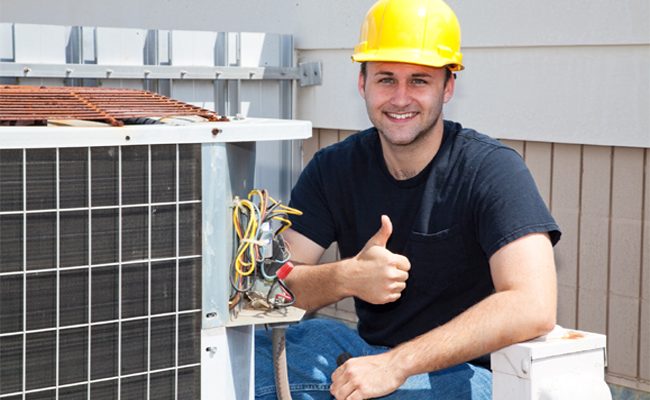
If your home has a furnace, it’s important to know the basics about this essential piece of equipment. The furnace is responsible for heating your home, and it needs regular maintenance to keep it running properly. Here are some basics you need to know about your furnace.
Why furnace maintenance is important
Your furnace is one of the most important pieces of equipment in your home, and proper maintenance is essential to keeping it running efficiently and avoiding costly repairs. A well-maintained furnace will not only heat your home more effectively, but will also use less energy, which can save you money on your utility bills.
During routine maintenance, the heating service cleans and inspects all the major components of your furnace, including the burners, heat exchanger, pilot light, and flue. This helps ensure that your furnace is operating safely and at peak efficiency. Regular maintenance can also help extend the life of your furnace by catching small problems before they become big ones.
The anatomy of a furnace
A furnace is made up of three main parts: the burners, the heat exchanger and the blower. The burners are where the fuel is burned to create heat. The heat exchanger is a metal chamber that transfers the heat from the burning fuel to the air that is being circulated by the furnace. The blower is a fan that moves the air through the furnace and into your home.
The anatomy of a typical furnace is not very complicated. There are three main parts: the burners, the heat exchanger and the blower. The burners are where natural gas or propane is burned to create heat. The heat exchanger is a metal chamber that transfers this heat to circulating air, which is then moved throughout your home by either a fan (in a forced-air system) or gravity (in a gravity system).
How furnaces work
A furnace is a mechanical device that uses heat to produce warm air. The way it works is by drawing in cold air from the room, heating it up using a gas or oil-fired burner, and then circulating the warm air back into the room.
Furnaces are usually located in a central area of the home, such as the basement or garage. The reason for this is because they need to be vented to the outside in order to prevent dangerous gases from building up inside the home.
The size of the furnace you need will depend on the size of your home. A larger home will require a bigger furnace in order to heat it properly. Conversely, a smaller home can get by with a smaller furnace.
Tips for maintaining your furnace
Your furnace is one of the most important appliances in your home, and it’s important to keep it running smoothly. Here are a few tips for maintaining your furnace:
- Check the air filter monthly and replace it as needed. A clogged air filter can cause your furnace to work harder than necessary and can lead to premature wear and tear.
- Inspect the blower belt annually and replace it if it’s worn or frayed. A loose or damaged blower belt can cause the blower to overheat, which can damage the motor.
- Have your furnace serviced by a professional every year. This will help ensure that all parts are in good working order and that there are no potential safety hazards.
Furnace problems and when to call a professionals
If your furnace starts making strange noises, doesn’t seem to be heating your home as efficiently as it used to, or if you notice any other issues, it’s time to call an expert. Don’t try to fix the problem yourself, as you could end up making the situation worse.
Get more information from a professional to quickly diagnose the problem and make the necessary repairs. They will also be able to give you advice on how to prevent future problems. For example, they may recommend that you have your furnace serviced every year to keep it running smoothly.
If you’re not sure whether or not you need to call a professional, it’s always better to err on the side of caution. It’s better to spend a little bit of money now to fix the problem than it is to wait until it gets worse and ends up costing much more.
Conclusion
When it comes to your furnace, there are a few basics that you should know in order to keep it running properly. These include knowing how to change the filter, clean the unit, and troubleshoot common problems. By keeping up with these simple maintenance tasks, you can prolong the life of your furnace and avoid costly repairs down the road.
Leave a Reply